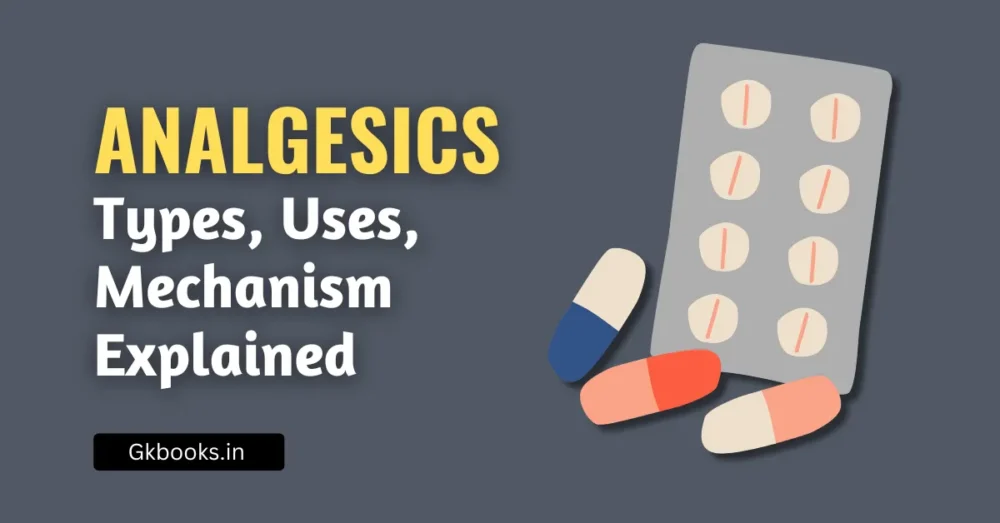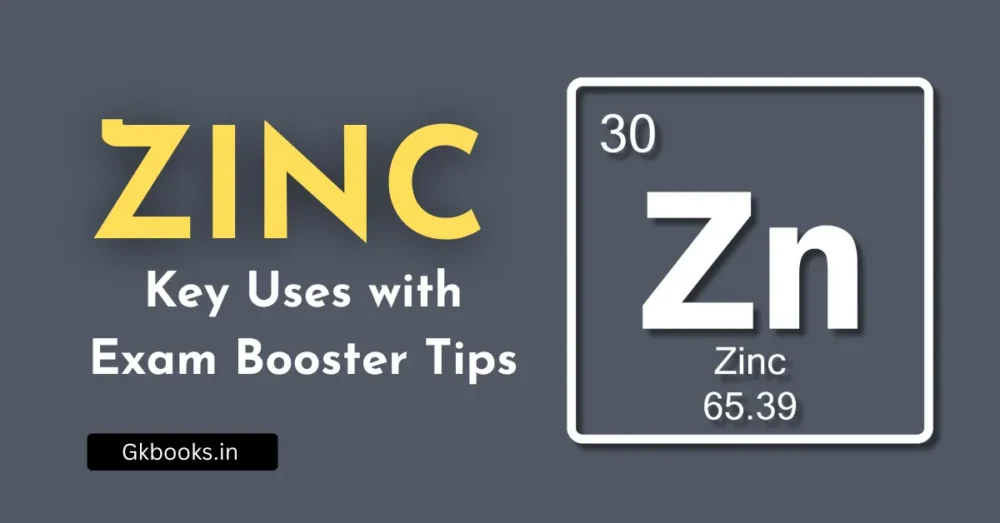Radioactivity is a fascinating topic in science that helps us understand the behavior of atoms. It plays a crucial role in various fields, including medicine, energy production, and space exploration. In this article, we will break down radioactivity into simple, easy-to-understand sections, perfect for students preparing for SSC, RRB NTPC, UPSC, and state-level exams.
What is Radioactivity?
Radioactivity is the process by which certain elements release energy and particles from their nuclei. This happens because some atoms are unstable, and they need to release extra energy to become stable.
- The process of releasing this energy is called radioactive decay.
- Elements that emit radiation are called radioactive elements.
- Examples of radioactive elements: Uranium (U), Thorium (Th), Radium (Ra), and Polonium (Po).
Discovery of Radioactivity
- Henri Becquerel discovered radioactivity in 1896 while working with uranium salts.
- Marie Curie and Pierre Curie further researched radioactivity and discovered Radium (Ra) and Polonium (Po).
- Marie Curie won two Nobel Prizes for her contributions to science.
Types of Radioactive Decay
Radioactive substances emit different types of radiation. These are:
| Type of Radiation | Symbol | Charge | Penetration Power |
|---|---|---|---|
| Alpha (α\alpha) | α\alpha | +2 | Low (Stopped by paper) |
| Beta (β\beta) | β\beta | -1 | Medium (Stopped by aluminum) |
| Gamma (γ\gamma) | γ\gamma | No charge | High (Stopped by lead or concrete) |
- Alpha rays are the weakest and can be stopped by a sheet of paper.
- Beta rays can penetrate paper but are stopped by aluminum foil.
- Gamma rays are the most powerful and require thick lead or concrete to block them.
Half-Life: A Key Concept in Radioactivity
The half-life of a radioactive element is the time taken for half of its atoms to decay.
For example:
- The half-life of Uranium-238 is 4.5 billion years.
- The half-life of Carbon-14 is 5,730 years.
Scientists use Carbon-14 dating to determine the age of ancient fossils and artifacts.
What is the unit of radioactivity?
The unit of radioactivity is the Becquerel (Bq) in the SI system.
Units of Radioactivity
- Becquerel (Bq) – The SI unit of radioactivity, defined as one disintegration per second (1 decay/sec).
- Curie (Ci) – A traditional unit, where 1 Ci = 3.7 × 10¹⁰ Bq (approximate activity of 1 gram of radium-226).
- Rutherford (Rd) – Another unit, where 1 Rd = 10⁶ disintegrations per second (1 MBq).
While Becquerel (Bq) is the standard unit, Curie (Ci) is still used in some applications, especially in nuclear medicine and industry.
What are the 4 types of radioactivity?
The four main types of radioactive decay are:
1. Alpha (α) Decay
- Emission of an alpha particle (2 protons + 2 neutrons).
- Low penetration (stopped by paper or skin).
- Example: Uranium-238 → Thorium-234 + α-particle

2. Beta (β) Decay
- Emission of a beta particle (electron or positron).
- Moderate penetration (stopped by plastic or thin metal).
- Types:
- Beta-minus (β⁻): A neutron converts into a proton + electron + antineutrino.
- Beta-plus (β⁺ or positron emission): A proton converts into a neutron + positron + neutrino.
- Example: Carbon-14 → Nitrogen-14 + β⁻

3. Gamma (γ) Decay
- Emission of gamma rays (high-energy photons).
- Highly penetrating (requires lead or concrete shielding).
- Often occurs after alpha or beta decay to release excess energy.
- Example: Excited Cobalt-60 → Stable Cobalt-60 + γ-ray
4. Neutron Emission
- Release of neutrons from an unstable nucleus.
- Highly penetrating (can pass through lead but slowed by hydrogen-rich materials like water).
- Occurs in nuclear fission reactions.
- Example: Californium-252 emits neutrons spontaneously.
Uses of Radioactivity
Radioactivity is used in many fields. Some important applications include:
1. Medicine
- X-rays help doctors see inside the human body.
- Radiation therapy is used to treat cancer.
2. Energy Production
- Nuclear power plants generate electricity using uranium.
- Example: Kudankulam Nuclear Power Plant (India).
3. Archaeology
- Carbon dating helps scientists find the age of old objects.
4. Space Exploration
- Radioactive isotopes power spacecraft and satellites.
Harmful Effects of Radioactivity
While radioactivity has many benefits, it also has dangers:
- Radiation exposure can cause cancer and DNA damage.
- Nuclear accidents (e.g., Chernobyl, Fukushima) release harmful radiation.
- Radioactive waste must be carefully stored to avoid environmental damage.
Important Facts for Exams
- Who discovered radioactivity? Henri Becquerel (1896).
- Who discovered Radium and Polonium? Marie and Pierre Curie.
- What are the three types of radiation? Alpha, Beta, and Gamma.
- Which radiation has the highest penetration power? Gamma rays.
- What is the half-life of Uranium-238? 4.5 billion years.
Conclusion
Radioactivity is an important topic in science with many applications in medicine, energy, and space. Understanding its types, uses, and effects is essential for competitive exams. Keep learning and stay curious!
🚀 Keep up your studies, and you’ll master this topic in no time! 🚀
✅ Did you find this article helpful? Share it with your friends preparing for exams!







